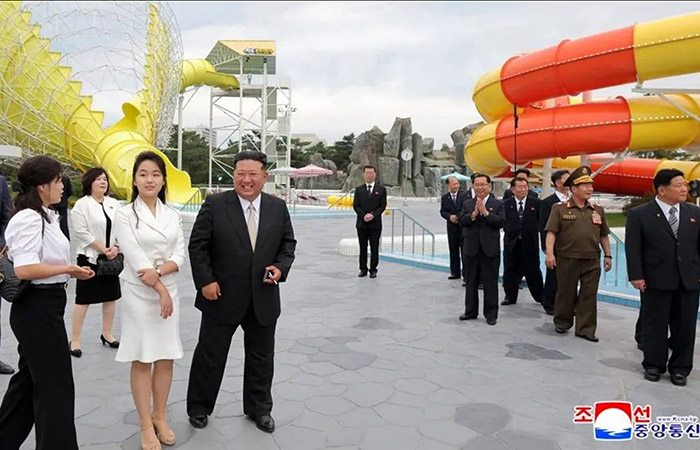On the surface, it might look like an ordinary tourism development: a beachfront resort town boasting newly constructed hotels, amusement parks, shopping centers, and sweeping views of the Sea of Japan. But in North Korea—a nation synonymous with secrecy, isolation, and militarism—nothing is ever just ordinary. The long-awaited opening of the Wonsan-Kalma coastal tourist zone on July 1 marks a significant moment for the reclusive country. While the North Korean government touts the resort as a symbol of progress and modernity, international observers view it as part of a more complex, even contradictory, strategic puzzle.
A Resort Born From the Dreams of a Dictator
The Wonsan-Kalma project is not just a typical urban development. It is an integral part of Kim Jong Un’s vision for a new North Korea—one that blends the traditional hard power of military might with the soft allure of consumer experiences, entertainment, and tourism.
Located on a 4-kilometer stretch of pristine beach along the country’s eastern seaboard, the Wonsan resort has been under construction since at least 2013. Early satellite images and state media footage over the years revealed a massive undertaking involving multiple cranes, hotels, apartment complexes, parks, and a large marina. But timelines repeatedly slipped, plagued by economic hardships, global sanctions, and the COVID-19 pandemic. The fact that the resort is finally opening—even if only to domestic tourists for now—is seen by some as a major political win for the Kim regime.

